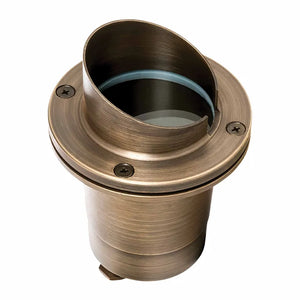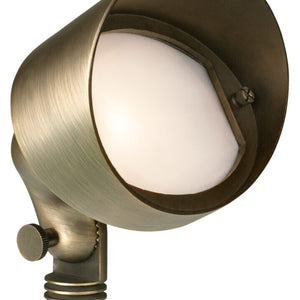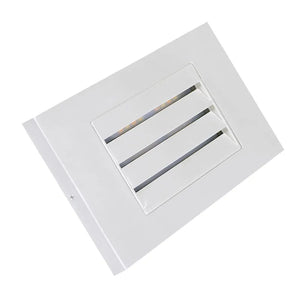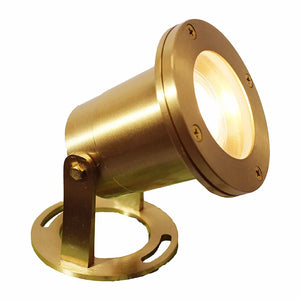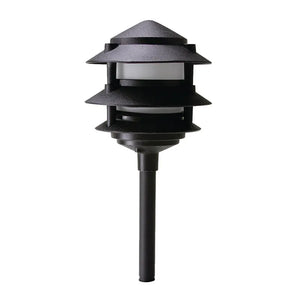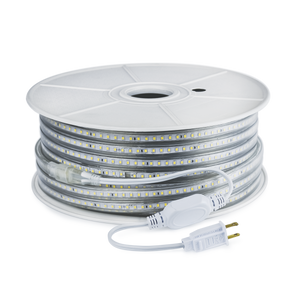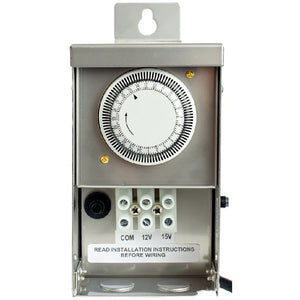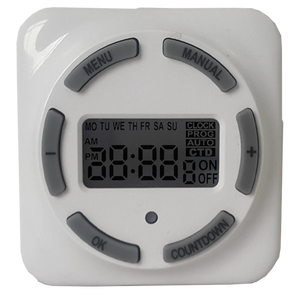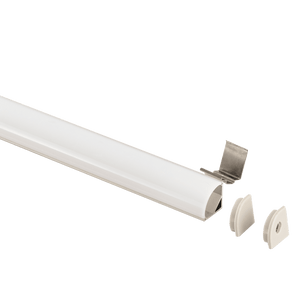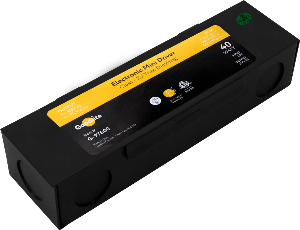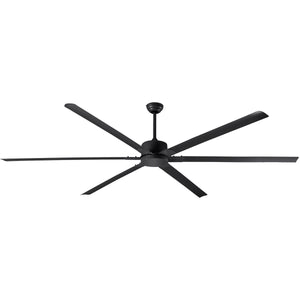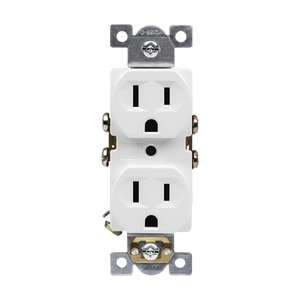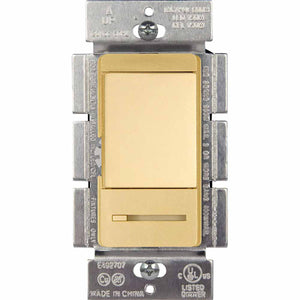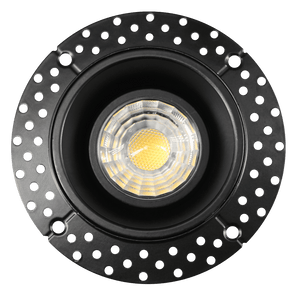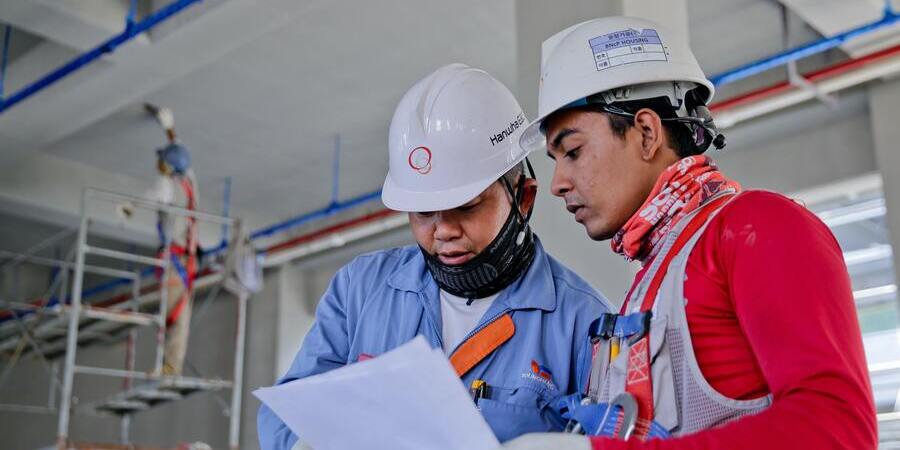
When it comes to creating a comfortable environment, fans play a crucial role in improving air circulation and providing relief from heat. However, selecting the right fan for your specific needs can be challenging with the wide range of options available. In this article, we will explore the key differences between commercial and residential fans, helping you make an informed decision that best suits your space. Let's delve into the details!
- Size and Power:
Commercial Fans: Commercial fans are designed for larger spaces such as warehouses, factories, gyms, and other commercial settings. These fans are typically larger in size, with diameters ranging from 24 inches up to 84 inches. They boast powerful motors that can move a substantial amount of air, ensuring efficient ventilation and cooling in expansive areas.
Residential Fans: Residential fans, on the other hand, are intended for smaller spaces like bedrooms, living rooms, and offices. They come in various sizes, ranging from compact desk fans to ceiling fans with diameters of 36 inches to 60 inches. Residential fans focus more on providing localized cooling and are generally quieter compared to their commercial counterparts.
- Airflow Capacity:
Commercial Fans: Due to their larger size and powerful motors, commercial fans can generate high airflow capacity. These fans are designed to move a significant volume of air over greater distances, making them suitable for large industrial or commercial spaces. They can help improve air quality, prevent stagnant air, and provide cooling in expansive areas with high ceilings.
Residential Fans: Residential fans prioritize providing comfortable airflow in smaller spaces. While they may not have the same airflow capacity as commercial fans, they are designed to create a gentle breeze that enhances personal comfort. Residential fans are ideal for bedrooms, living rooms, and other areas where localized cooling is desired.
- Construction and Durability:
Commercial Fans: Given the demanding environments they are typically used in, commercial fans are constructed with sturdier materials and built to withstand heavy-duty applications. These fans are often made of industrial-grade metal or high-quality plastics, ensuring durability and longevity even in challenging conditions.
Residential Fans: Residential fans are designed for regular home use and are built with a focus on aesthetics and comfort. While they may not be as rugged as commercial fans, they still offer durability for their intended usage. Residential fans often feature stylish designs, decorative elements, and a variety of finishes to complement the interior décor of homes.
- Control and Features:
Commercial Fans: Commercial fans are usually designed for simple functionality, with straightforward control options such as on/off switches or speed settings. These fans prioritize airflow performance over additional features, ensuring reliable operation and easy maintenance in commercial settings.
Residential Fans: Residential fans often come with a range of features and controls to enhance convenience and customization. Many residential fans offer multiple speed settings, remote controls, timers, and even integrated lighting fixtures. These features allow homeowners to adjust the fan's operation according to their preferences and create the desired ambiance in their living spaces.
Conclusion:
When choosing between commercial and residential fans, it's important to consider the size of your space, the level of airflow required, the durability needed, and the desired features. Commercial fans excel in providing powerful airflow and cooling for large commercial or industrial areas, while residential fans prioritize comfort, aesthetics, and convenience for smaller, personal spaces. By understanding the distinctions between the two, you can select the perfect fan that meets your specific cooling needs and enhances the overall comfort of your space.




















